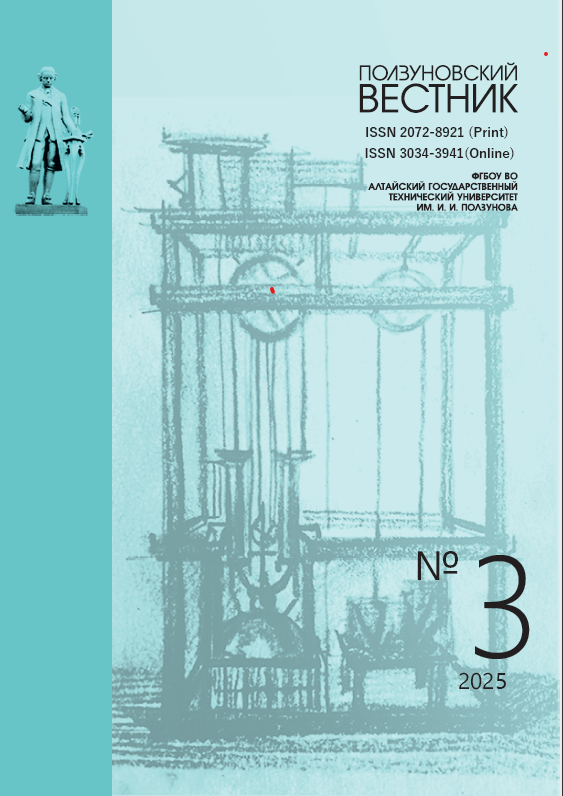STUDY OF PROPERTIES OF CONCRETE REINFORCED WITH PARTICLES OF RECYCLED COMPOSITE MATERIALS
OWRASP
DOI:
https://doi.org/10.25712/ASTU.2072-8921.2025.03.040Abstract
In the modern world, the use of polymers, including composite materials, has become an integral part of many industries. However, with the growth of polymer consumption, serious environmental problems arise associated with their processing and disposal. When processing composite materials, the secondary use of these materials and their application in various industries, such as construction, is promising. In this paper, studies were conducted on the influence of crushed composite materials and their components as a filler on the physical and mechanical properties of concrete. At the first stage of the study, the optimal size of the fraction of reinforcing particles for filling concrete samples was selected. It was shown that the best physical and mechanical characteristics were observed when using fine particles, due to the poor adhesion of coarse particles with the cement matrix. After determining the size of the reinforcing particles, concrete samples of cubic shape with dimensions of 30/30/30 mm with different degrees of filling were manufactured in accordance with GOST. Then, tests of reinforced and standard concrete samples for compression were carried out. As a result of the tests, it was revealed that the compressive strength of concrete samples reinforced with particles of crushed fiberglass (1 %) and particles of crushed ED-20 binder (10 %) increased by 2,6 times, and the modulus of elasticity by 3-4 times.On this basis, it can be noted that the use of additives from crushed composite materials as a filler for concrete compositions is promising and allows not only to recycle these materials, but also to improve the physical and mechanical properties of concrete with their help.
References
Аржакова О.В. Полимеры будущего / Аржакова О.В., Аржаков М.С., Бадамшина Э.Р., Брюзгина Е.Б. [и др.] // Успехи химии, 2022, 91(12). RCR5062.
Семёнов С.П. Анализ моделей углеродно-го цикла применительно к исследованию болотных экосистем Западной Сибири / Семёнов С.П., Ташкин А.О. // Вестник Югорского государственного университета, 2022, 4 (67). С. 145–152.
Дворин Л.И., Дворин О.Л. Д24 Строительное материаловедение. М. : Инфра-Инженерия, 2013. 832 с.
Рамачандран В.С. Наука о бетоне : физико-химическое бетоноведение / В. Рамачандран, Р. Фельдман, Дж. Бодуэн ; пер. с англ. Т.И. Розен-берг, Ю.Б. Ратиновой ; под ред. В.Б. Ратинова. Москва : Стройиздат, 1986. 278 с. : ил.
Петров А.В. Технологии утилизации полимерных композиционных материалов / Петров А.В., Дориомедов М.С., Скрипачев С.Ю. // Научно-технический журнал «ТРУДЫ ВИАМ», 2015. № 8.
Шайерс Дж. Рециклинг пластмасс: наука, технологии, практика. / Пер. с англ. СПб. : Научные основы и технологии, 2012. 640 стр. : ил.
Ф. Ла Мантия (ред.). Вторичная переработка пластмасс ; пер. с англ. под. ред. Г.Е. Заико-ва. СПб. : Профессия, 2006. 400 стр. : ил.
ГОСТ 10180-2012 Бетоны. Методы определения прочности по контрольным образцам.
Downloads
Published
How to Cite
Issue
Section
License
Copyright (c) 2025 Sergey V. Morozov, Yana M. Zhumakanova

This work is licensed under a Creative Commons Attribution 4.0 International License.















 .
. This work is licensed under a
This work is licensed under a 
